| City/Town: • Tupelo |
| Location Class: • Industrial • Commercial |
| Built: • 1890s | Abandoned: • 1979 |
| Status: • Abandoned • Gutted |
| Photojournalist: • Gage Fears |
“An invention that changed the world.”
Abstracting from the normal format of blogs here on Abandoned Arkansas, this blog about a cotton gin in Tupelo will be in a first person point of view. This is due to a lack of physical and material information on these properties. However, it is comprised of personal accounts.
I have explored many abandoned buildings in the past year. Few have moved me like this one. In may, while searching for the Fitzhugh-Snapp Co., which sits pretty much in the middle of nowhere in the bottom corner of Jackson County; I traveled to Weldon to photograph the Weldon Gin Company Historic District. My next stop was in Tupelo as I spotted a cotton gin on google maps. After walking through waist high weeds in the rain, I made my way into the main building of the gin.
I had made three trips to this gin to explore it and photograph it. After my first trip I had talked to my grandmother, who revealed to me that my great-great-grandfather was the Gin Manager for twenty eight years at this gin. This sparked my interest in this gin. I knew I had to find some information on it somewhere. So I talked to my great-grandmother about it.

From what I can gather the Burton mercantile and gin in Tupelo did not start with that name. I’d say they were built under the “Crittenden-Snapp Co.”. According to state records, the Fitzhugh-Snapp Co. was started in 1892, but incorporated in 1898. Both the Fitzhugh-Snapp and Burton gins are of the same design and time. The original stores were wooden, and possibly the original gins were too. Mr. Fitzhugh built his new gin and store in 1935.
As small as Tupelo was, the Snapp name is the same. J. Harrison Snapp was one of two original founders of the Fitzhugh-Snapp Co.. The Crittenden name though, was tougher to find. It came to be Florence Crittenden and Dolph Crittenden. Dolph is credited as one of the co-founders, it’s possible Florence was his wife. I’m not sure but I’d like to believe these two were related to the man who originally founded the White Baptist Church, A.L. Crittenden. It was later renamed the White Church School then the Fitzhugh School. Where the school was is an overgrown cemetery now. The White Church Cemetery. (Also known to some as the Snapp Cemetery)
From every little detail I have seen in research, all three names have done business together for generations in the area since the 1860s. From when Fitzhugh was originally named Snapp, and Tupelo was named “Jonesboro”. (This was changed very early on as the Jones brothers realized there was already a Jonesboro in Arkansas). Snapp was the first leading member of the Woodruff County Farm Bureau from its conception in 1935 until 1937.
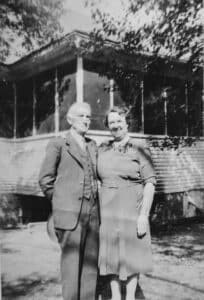
I’d like to believe that from what I’ve found, is that the Crittenden-Snapp Mercantile predates the brick construction, Fitzhugh-Snapp building. Until a recent discovery, my belief was the building was built in the 1930s.
Both mercantiles were built of a Chicago School, and early Commercial style. They both were on less than an acre of land and served the cotton and rice industries. However, both were known as early grocery stores as well.
The Burton store was larger than the Fitzhugh-Snapp. It stood on Front St. It was approximately sixty feet by one hundred feet. The store was of brick construction. It had a metal frame canopy on the front, and a masonry block above that that read “Crittenden-Snapp Co.” The store had a wood and glass front, similar to the Fitzhugh-Snapp. Though the Burton store had two entrances. From the photos I have seen of this building, it seems more grand than the Fitzhugh-Snapp.
The original post office was on one side of the store while the Bank of Tupelo was on the other. J. Harrison Snapp had actually founded the bank in 1919. In 1946, the Bank of Tupelo closed and the charter moved to Newport. It then became the Merchants And Planters Bank of Arkansas. This means the Burton Mercantile and gin and Fitzhugh-Snapp were both founded by the original founder of Merchants And Planters of Arkansas. Probably one of the most exciting things Tupelo ever saw was a robbery of the Bank of Tupelo in 1942. Three men stole $1200 but we’re apprehended by the FBI later in Chicago.
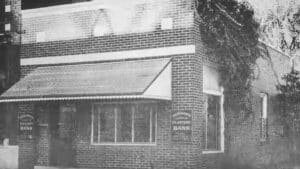
When the original Merchants And Planters Bank was founded, Mr. Burton was appointed as the President of the establishment. In 1946, Sam Walton filed for a loan through the bank.
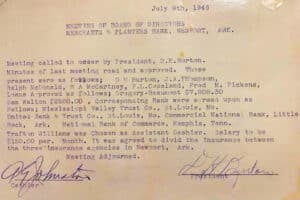

Snapp was also a board member of the Bank Of Augusta which became RiverWind Bank and had also founded the Woodruff County Farm Bureau. He was also Vice President of the Arkansas Farm Bureau, as well as on the board of the University of Arkansas.

Fitzhugh also owned and operated four thousand acres of cotton. Right accross the road is the former Fitzhugh gin. Which stands in similar condition as the Burton gin. A neighboring town, Weldon, has a historic district dedicated to their gin. The Weldon gin was built in 1939. I’d say the current Burton gin replaced it’s predecessor in the mid 1930s. All gins replaced wooden construction, steam-powered gins after electricity was introduced to the area.
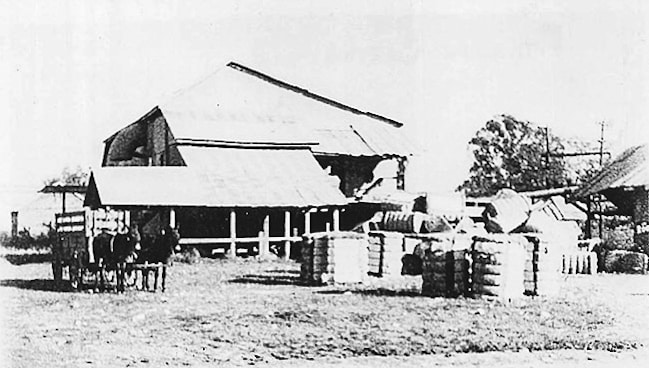
Two generations of my family had worked or been around the gin in it’s days of operation. My great-great-grandfather, L.D. Honey was the Gin Manager for twenty eight years. He operated the gin from 1943 until 1971. Before operating the gin, he was a truck driver for the company. The Honey family owned their own farm just outside of Tupelo. L.D. worked at the gin, but did work on the family farm. His wife, Maude was in charge of counting how much cotton the family and their share-cropper workers put onto the family wagon. L.D. would then take the cotton to the gin, and when hhe came back, Maude was in charge of paying the workers. Lula, Jerry, Betty, and Dale (their children) would pick the cotton and other crops. “She (Maude) never picked very much because she had to stay up at the scales to keep up with the weight. She would have her little notebook with her. When she did pick cotton, it was in the rows beside the wagon.”
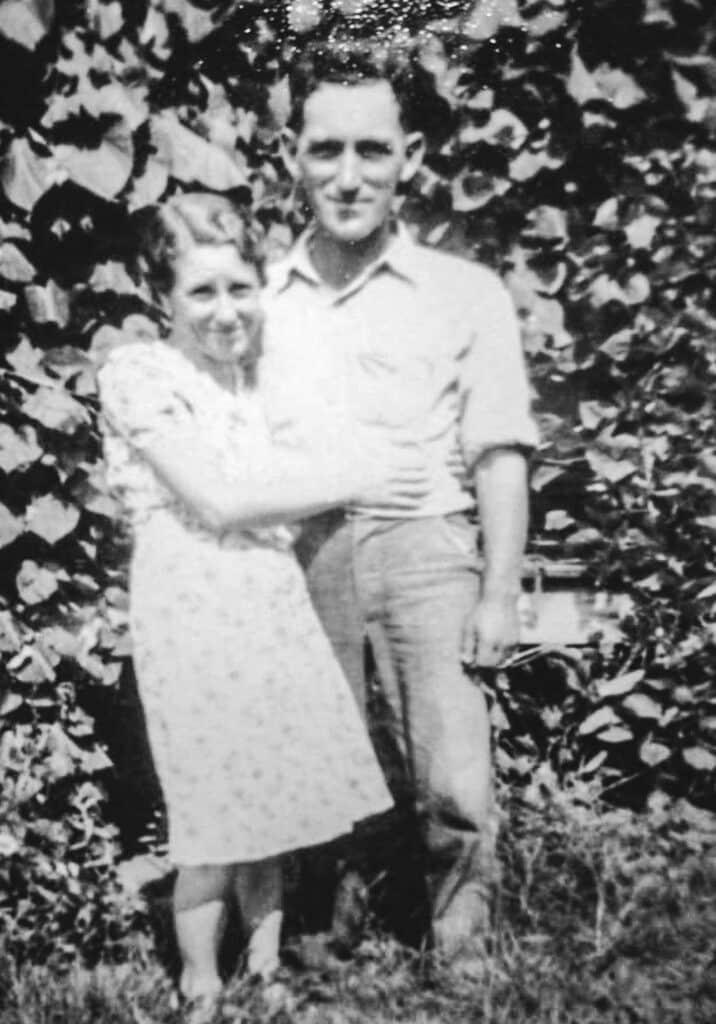
“We picked cotton for ourselves and neighbors, aswell. We had our own farm. We had corn, beans, and cotton. We had a big garden, with a little bit of everything in it. I drove the tractor in the cornfield, while Jerry and Dale picked it, and threw it on the trailer. Dad wouldn’t let me start picking until I was twelve.” Lula says.
L.D. was known to work long hours and well into the dark. He would often be called to the gin to fix a breakdown with machinery. Sometimes he would get home and immediately get called to go back to the gin. Whether that be cotton being clogged in machinery, belts broken, or more complex matters. This usually caused a long line of wagons and trucks at the gin. Sometimes, half a mile long. “He tried to empty the lot before he went home. That’s because the pickers had to move on out for the next one to come in. Sometimes they’d sit there all night.” Lula says.
Lula states, “I never knew how dangerous it was until I walked in on him. He was walking across the teeth that pulled the cotton apart. You (also) couldn’t hardly hear in there. It was so noisy.”
Grandpa Honey sold watermelons in Jackson County before working at the gin. In fact, the Honey family was the first to sell said watermelons in the county. He was well known for his very large watermelons compared to today’s sizes. There is family that still farms watermelons today, actually. So the tradition carried on.
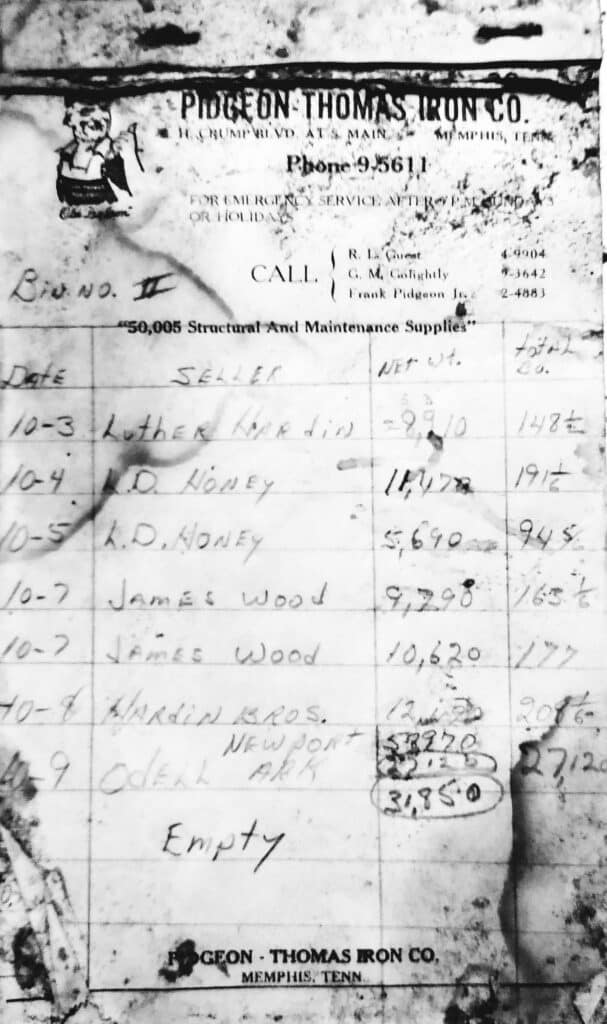
Over time, talking with Lula I had learned a few things about ginning. For those who know little about gins, if you see a giant tube over the scale, that is what sends the cotton from the wagon to the machines. It was commonly known as a “suck-boy”. Most of these pipes are sixteen inches in diameter, but today’s gins have larger diameters. Most today, like yesterday, are also manually operated. The person would stand in the cart, after having it weighed and this pipe would pneumatically suck the cotton up. It was then sent to a machine that dried the cotton, then pulled apart and separated. Afterwards it was baled.
While researching anything I could about these buildings, I came across some architectural designs of the store from 1918 by Thompson Architectural. Said drawings are in the Old State House in Little Rock. They depict so much and give a great look into how it looked in it’s hay day. It’s the closest thing to vintage photos I have to present.


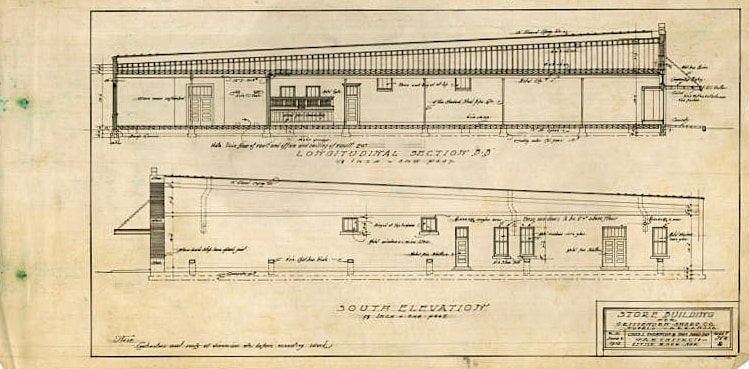
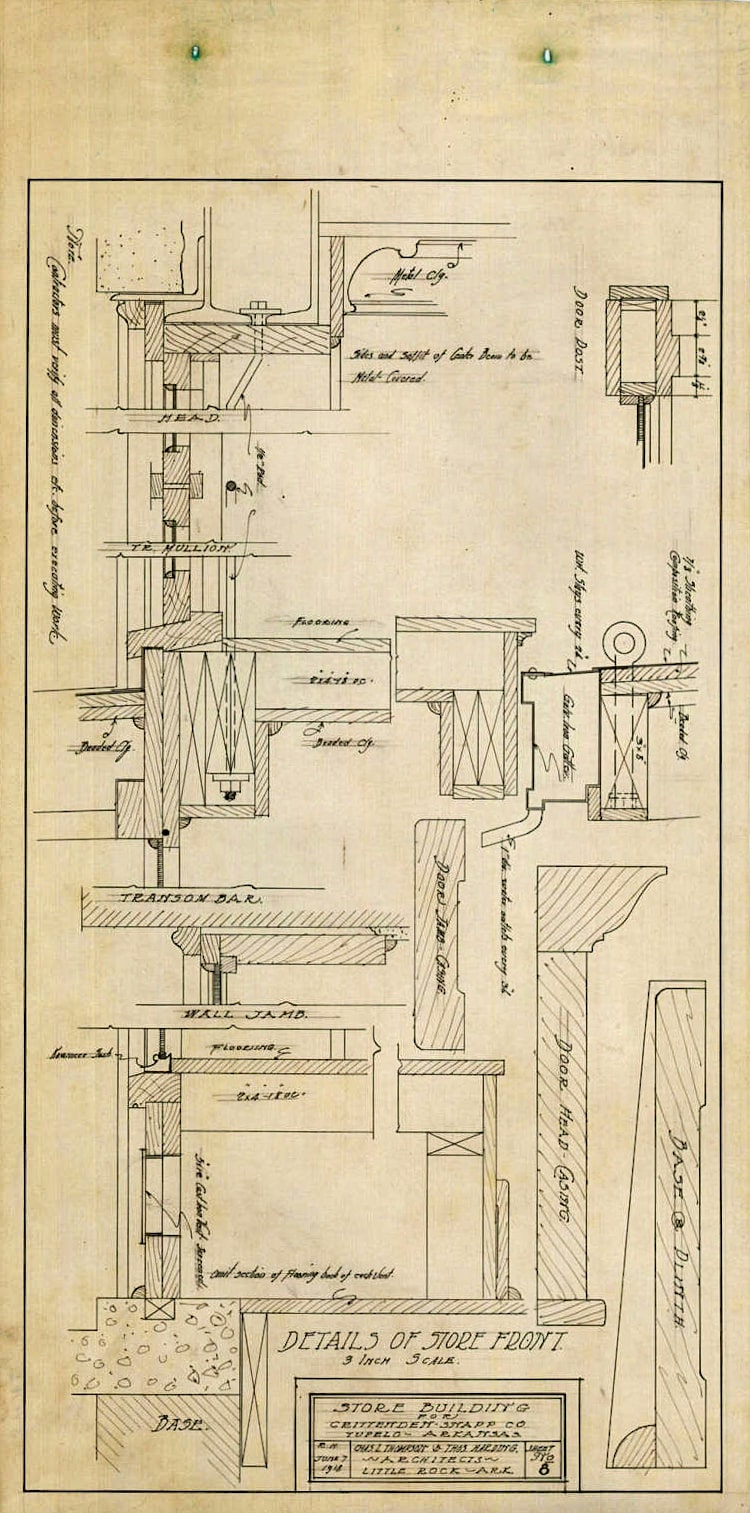


Before finding these drawings I believed, as I mentioned earlier that the building was from the 30s. Though, these are from June of 1918. So, if I’m not mistaken, this would mean the building was built between 1917-1919. As my theory is that these could be plans. Or could be records of a current building. After reviewing newspapers, it turned out that in April of 1918, the building was destroyed by high mile per hour winds. So these most likely would be blueprints for a new building.
I had also found other drawings. Confirming the names of the men who owned and operated these buildings. It’s possible Snapp funded the building of Crittenden’s home. Both lived in Fitzhugh. Though these drawings exist, these houses never did.
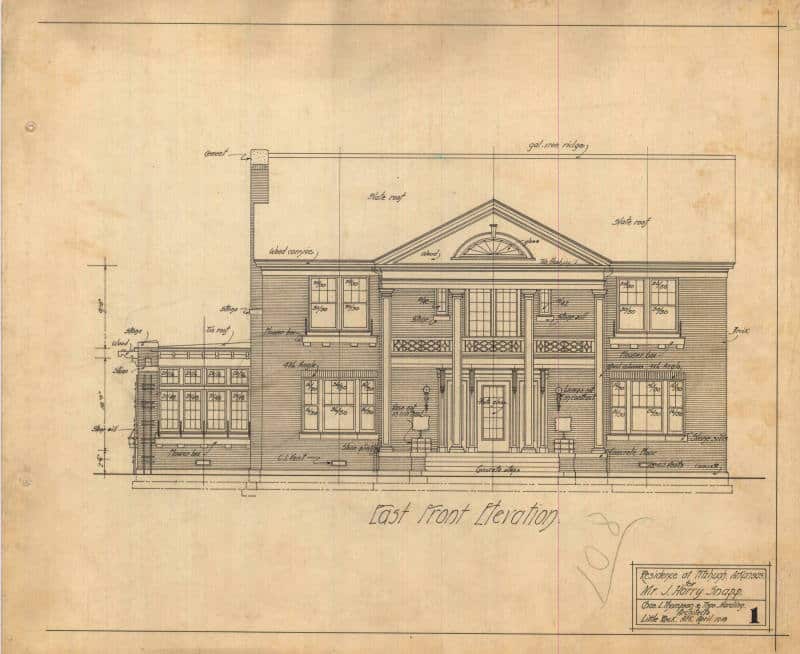
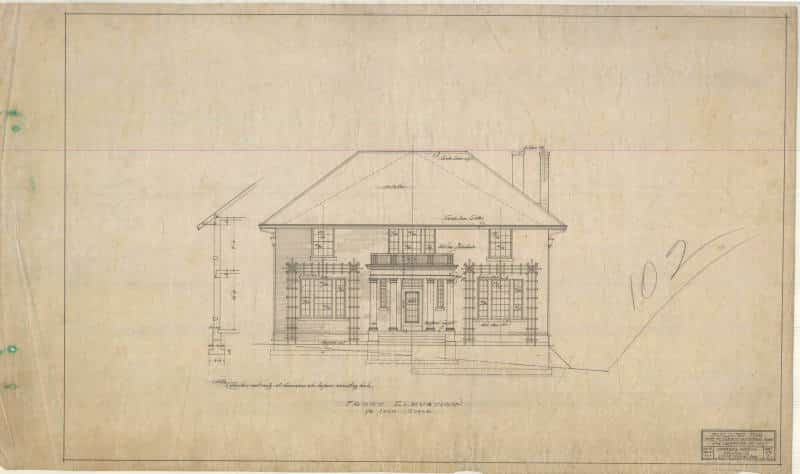

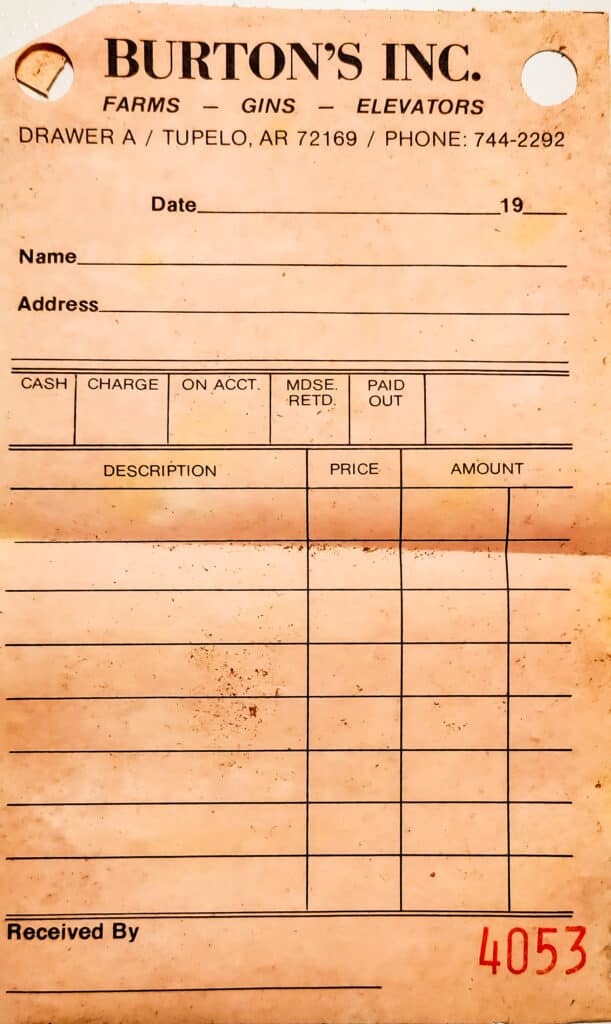
“When I first started Headstart, maybe four-ish, five. I caught the bus to Newport on the steps of the Tupelo store steps. I remember playing on them. I can still smell the stores candy cabinet and see the store’s inside. I loved that store and those people.”
My grandmother, Sandra, has told me that the Burton Mercantile, or Burton store (as it was commonly known post-1930), had a deli. Tom Marce cut the meat in the deli. Charles and Tenny Edwards ran the store. My great-grandmother has told me stories of riding the bus to school and the bus driver stopping at the Fitzhugh-Snapp building for kids to buy candy if they had money.
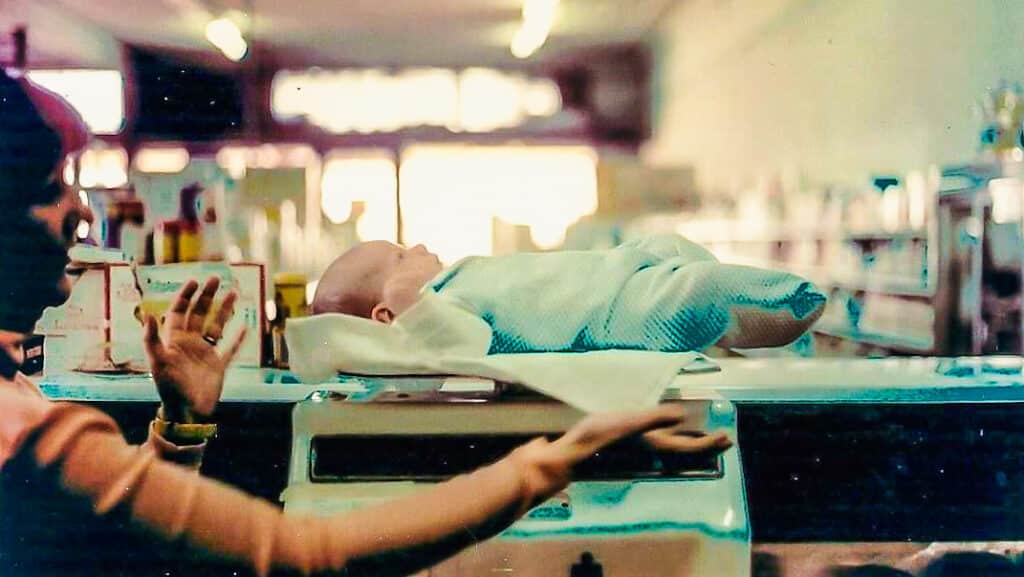
D.H. Burton founded the Burton Mercantile and Gin Co. In roughly 1945-1946 when he bought the family farm, the gin and store. D.H. is credited as one of the founding fathers of Merchants And Planters Bank. D.H. was for many years the president of the bank.
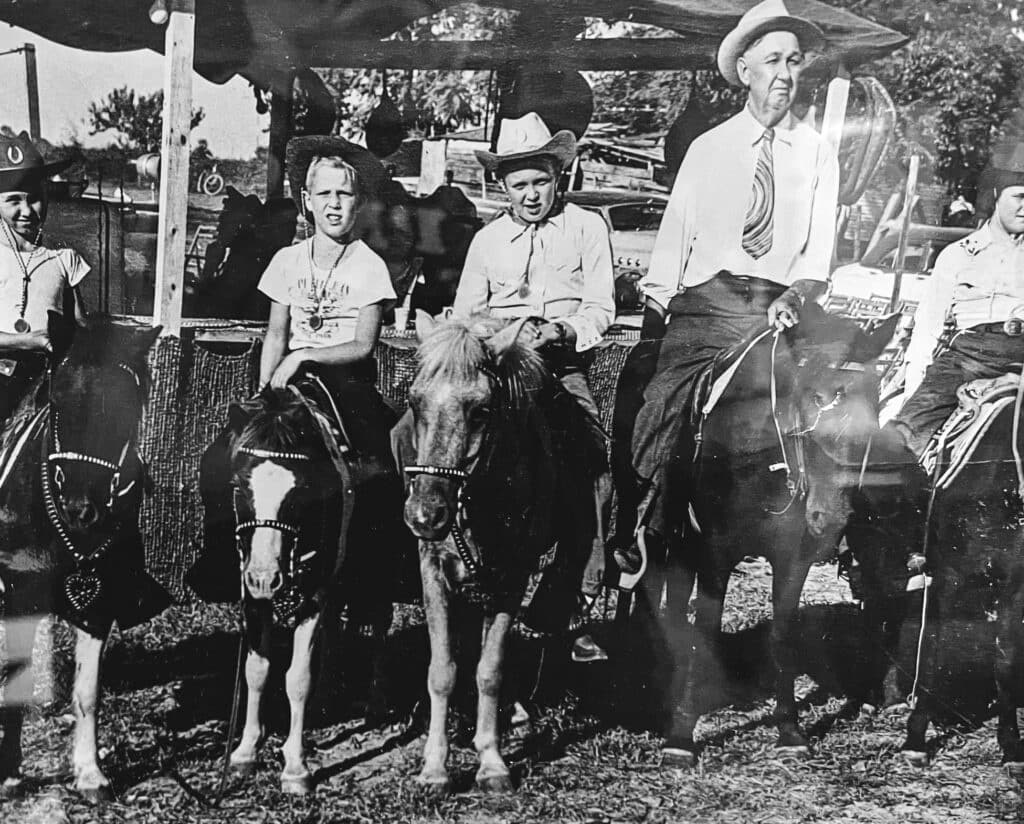
Burton Mercantile And Gin Company changed it’s name sometime either in 1979 or 1980 to Burton Mercantile Co.. Later it became Burton’s Inc.. The Burtons also had a farm where they sold their own crops. They also owned the mercantile. I’m not sure if the Burton family still operated a farm. I have noticed in my research they have sold sweet corn since the closing of the gin and store. Jim Burton, after moving on with his life and career in the 2000s founded AgRobotics LLC.. He created his own patent, an advanced soil-sampling technology. He was president of the Farmers’ Oil Coop, as his father was.



The gin is in the slow process of being torn down. The weeds are grown up, waist high. The walls are gone and any machinery is gone. Some belts hang on the wall. The Howe Scale still resides in the building. A dial-shaped scale, with “John 3:16” spray painted on its faced stands in the south corner. In the scale room, a rotary phone still hangs on the wall. Over by the bins, a machine still resides with intact belts. The control room still has the breakers and the lever for the chute.
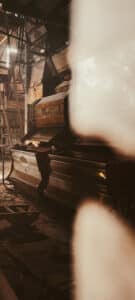
The Fitzhugh-Snapp Co. closed in 1981. It was later added to the National Register of Historic Places and converted to a farm-shop in the 2000s. It still stands. The Burton Mercantile was in sturdy condition in 2012, but in 2014 it was barely recognizable. A mere skeleton. One wall was completely gone. The roof was gone. No windows existed. The side walls were barely hanging on. It was torn down in 2018. Sadly, I never got to personally see it in person. The bricks were hauled off to line the owner’s driveway, aswell as hauled off to be used to build a home.

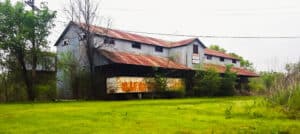
Around 2019, the owners of the gin starting demolishing it. They started with the walls of the main building and anything that might’ve existed inside at the time. There was a semi-trailer that sat under the awning for years that is now gone. Occasionally, the property will be mowed. I have seen it mowed twice since May of 2021.
“Hearts and thoughts they fade, fade away…”
If you wish to support our current and future work, please consider making a donation or purchasing one of our many books. Any and all donations are appreciated.
Donate to our cause Check out our books!

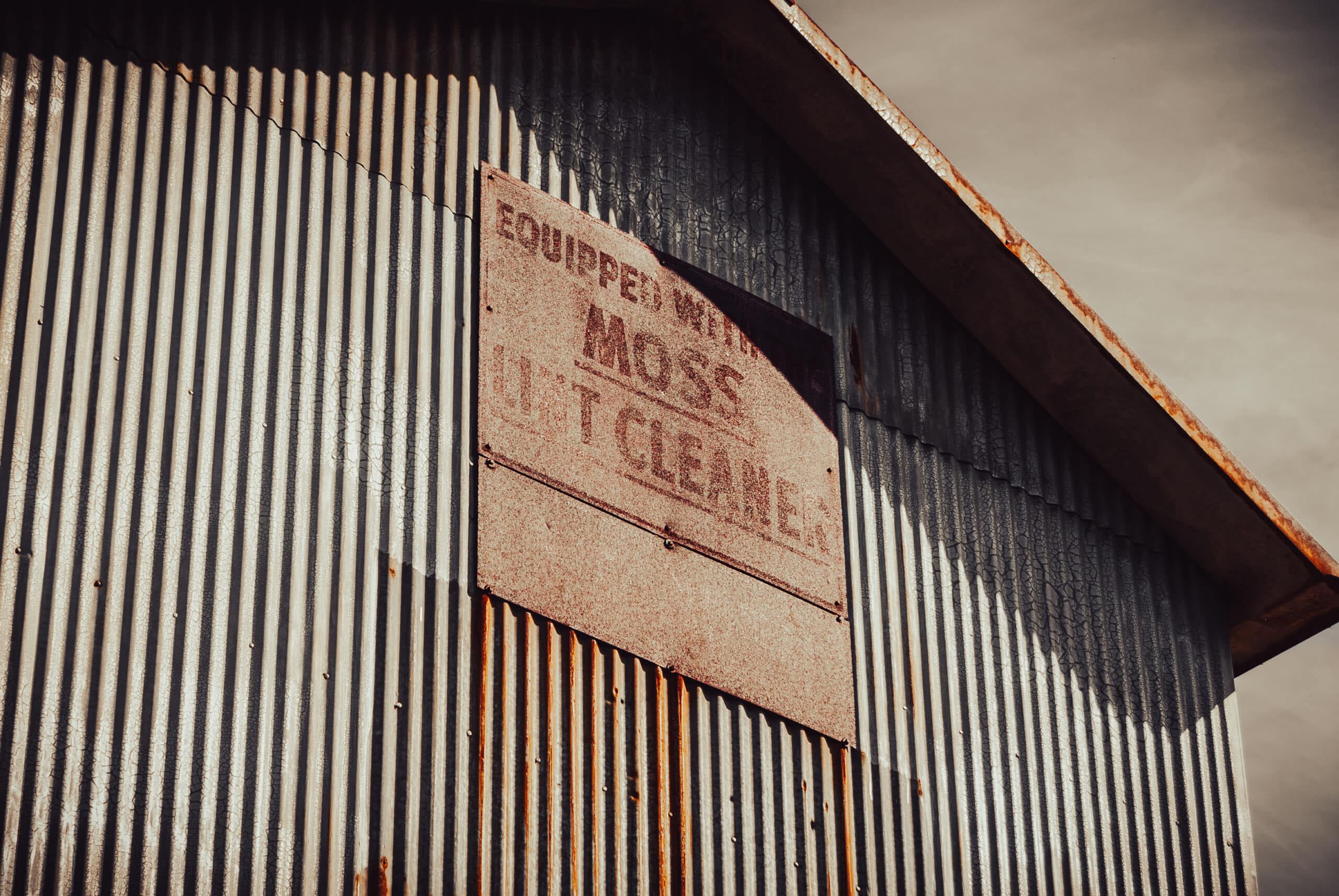
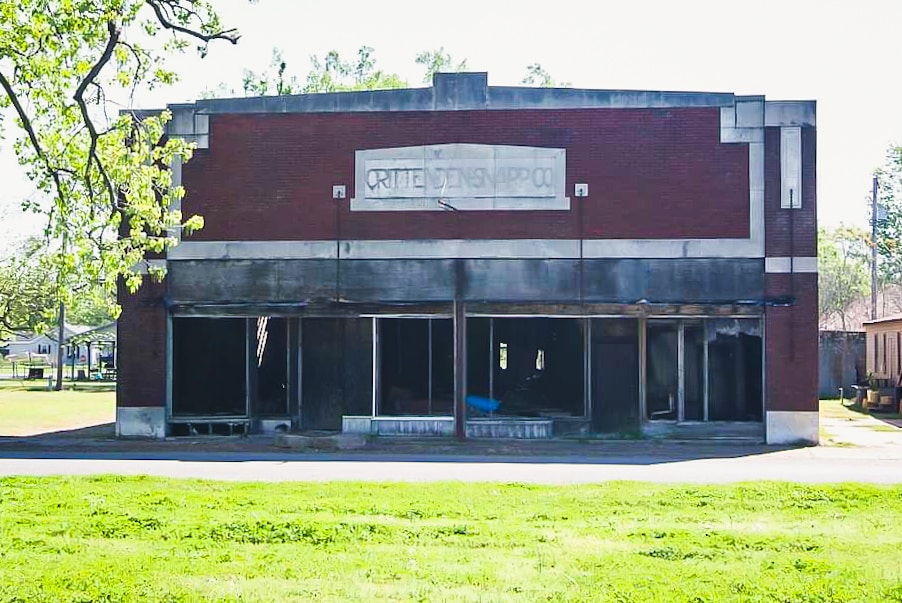
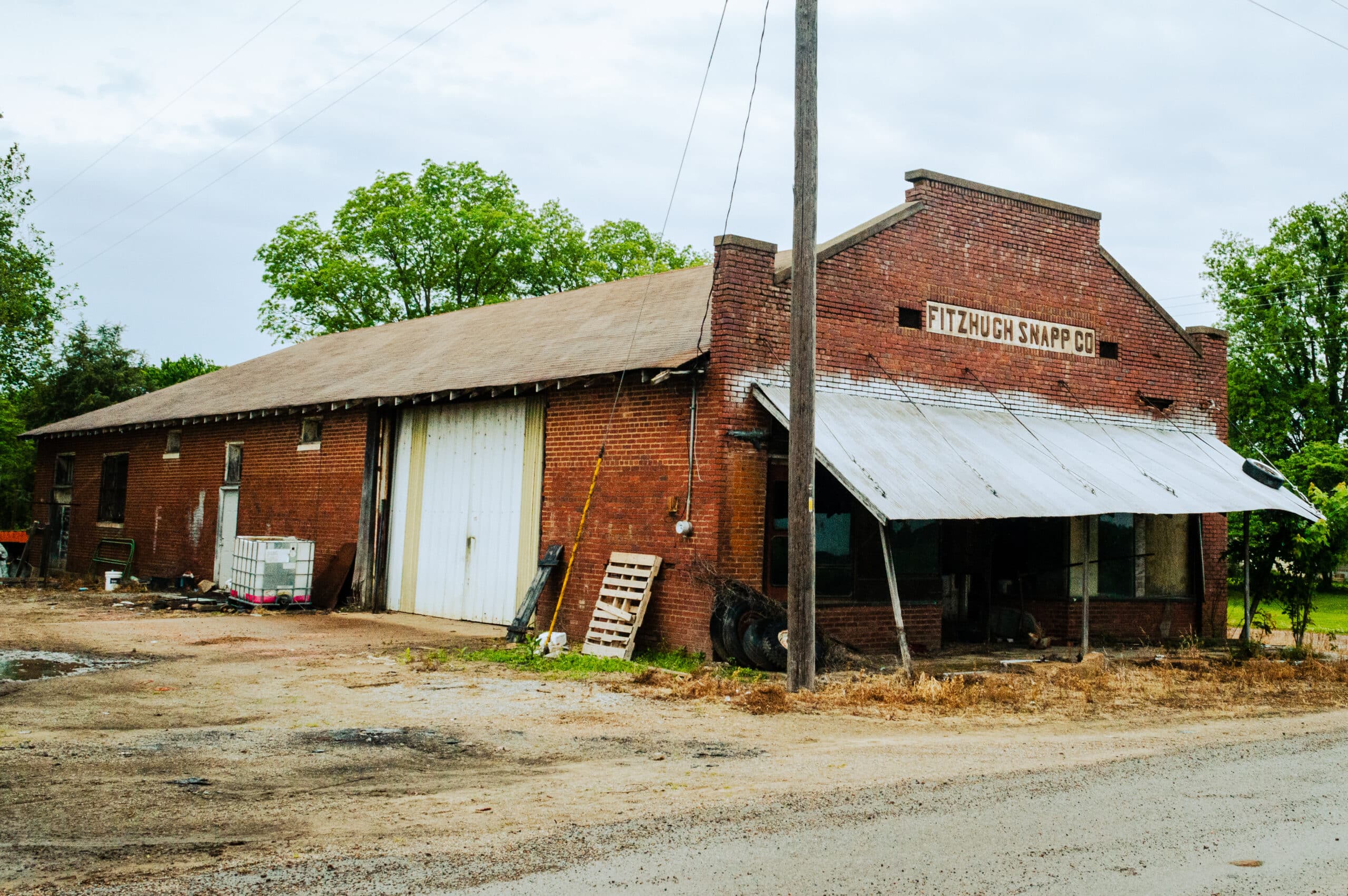
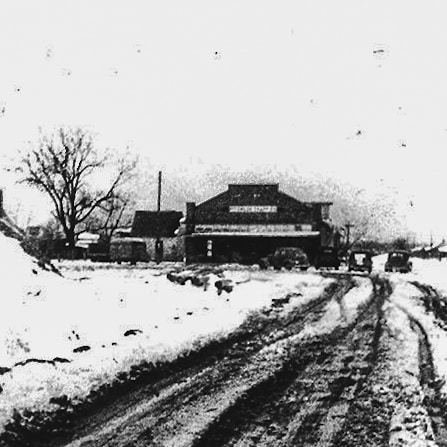
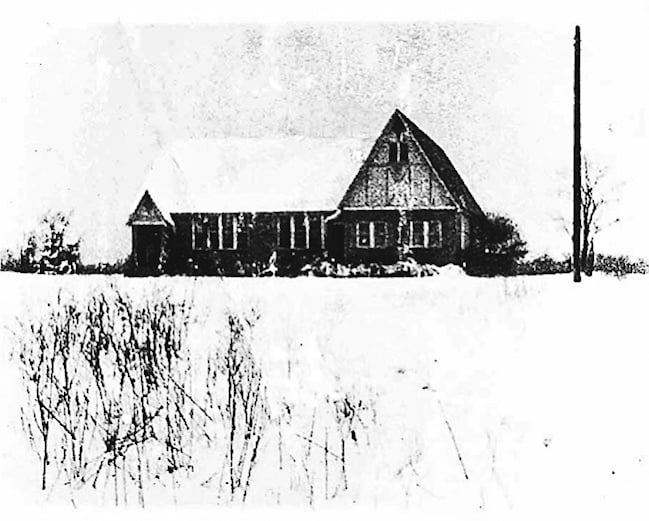
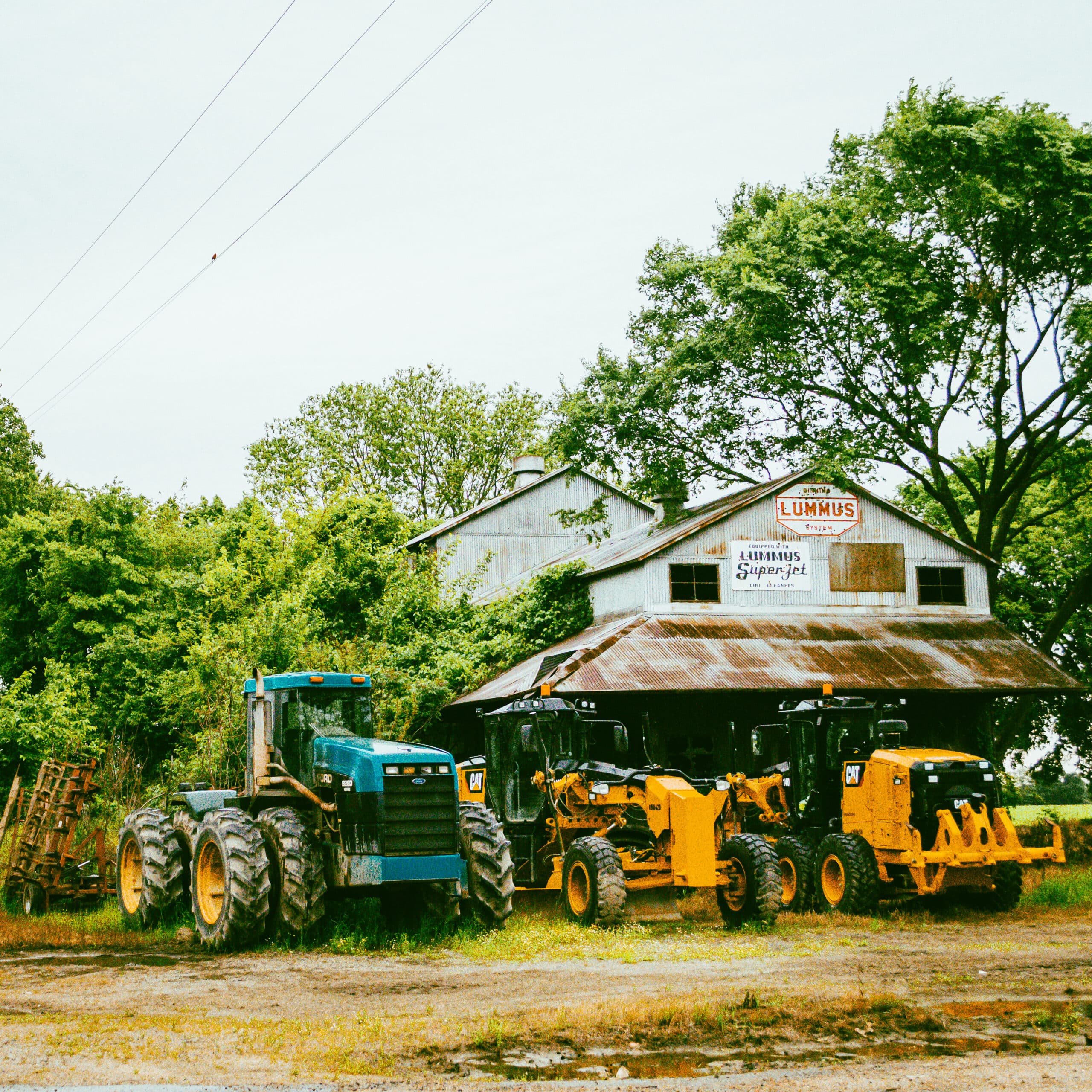

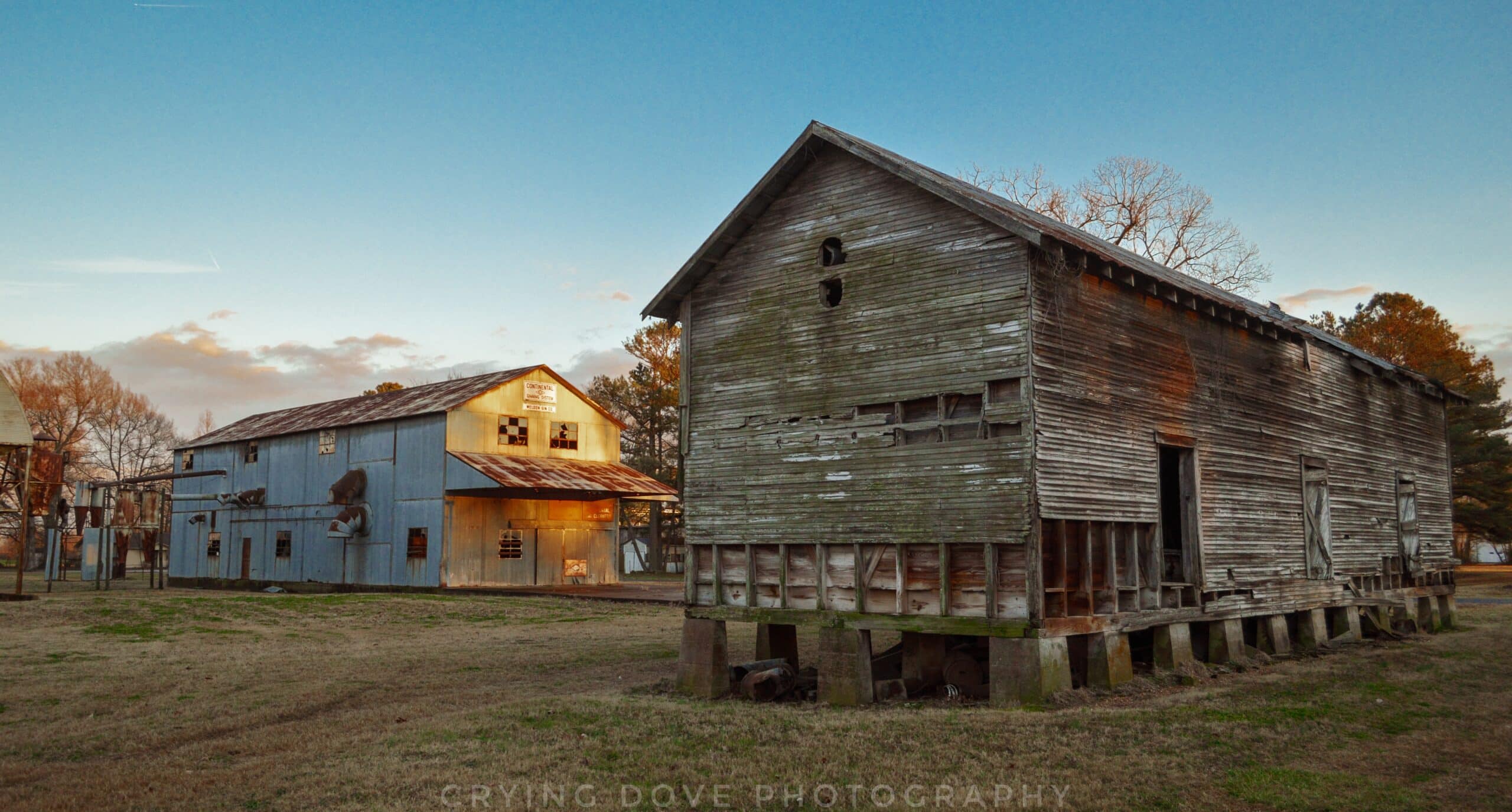
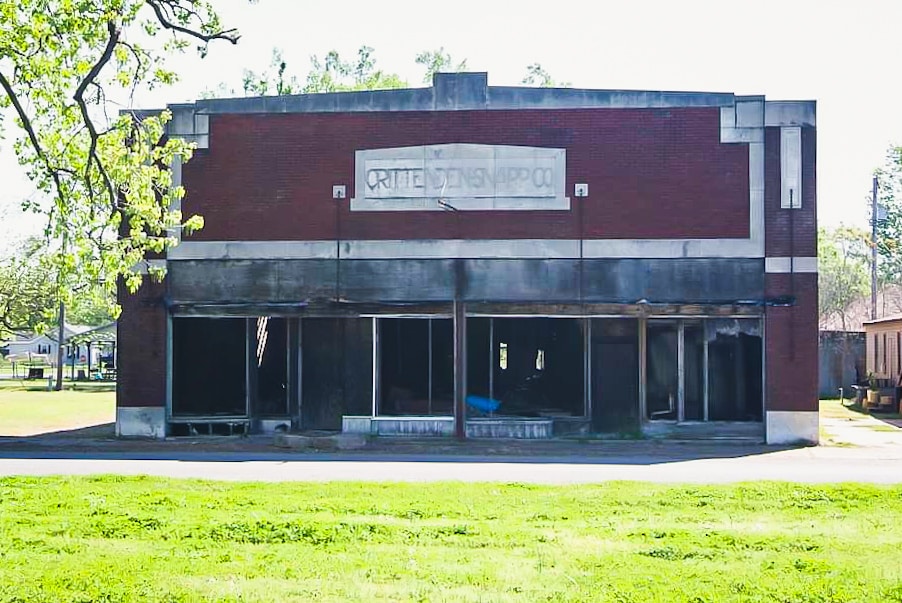
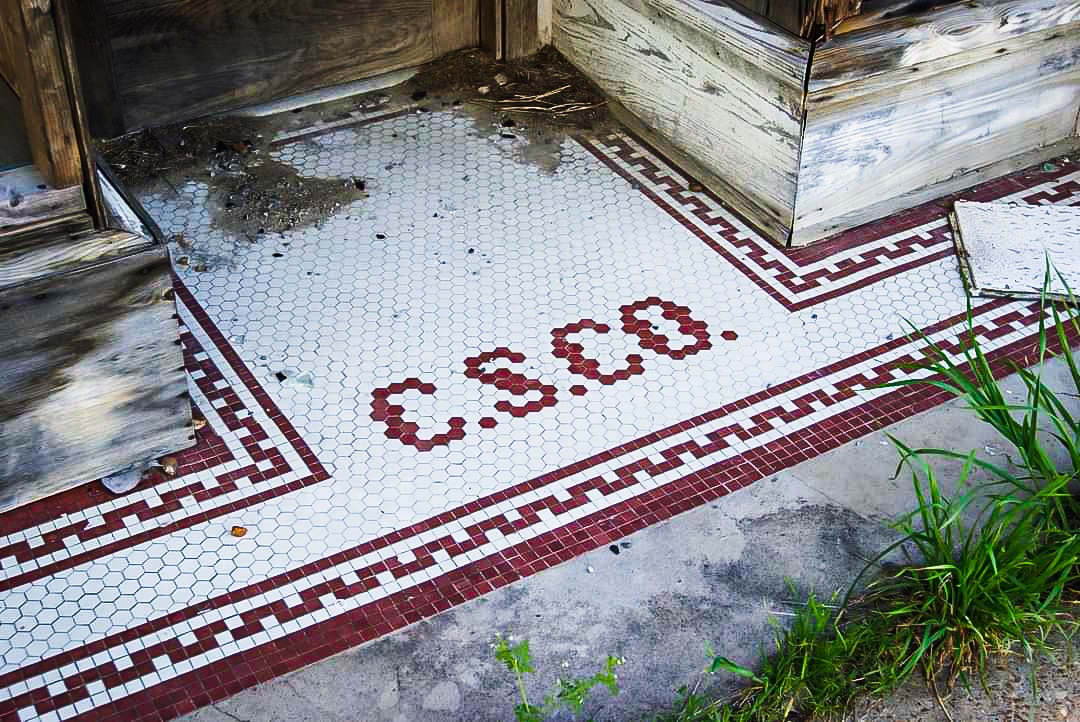

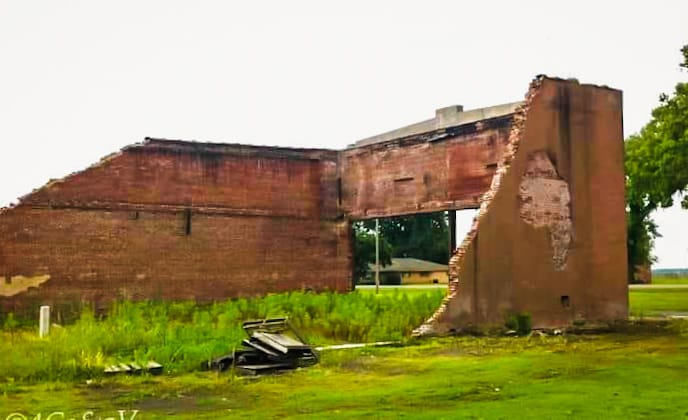























What a wonderful job of providing the history of this place. You can really see how much work you did to get all the info for us.
There is also an old gin in Franklin, Ar